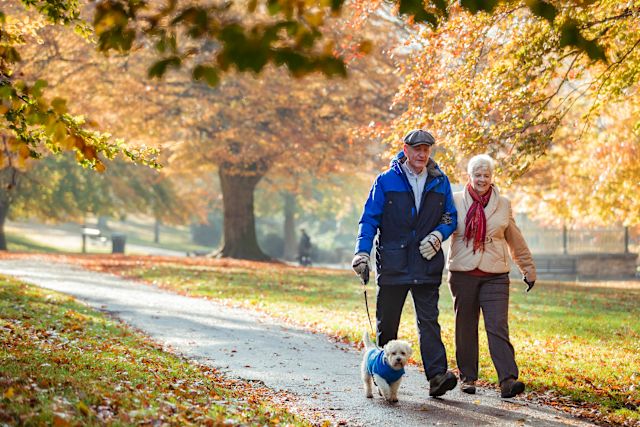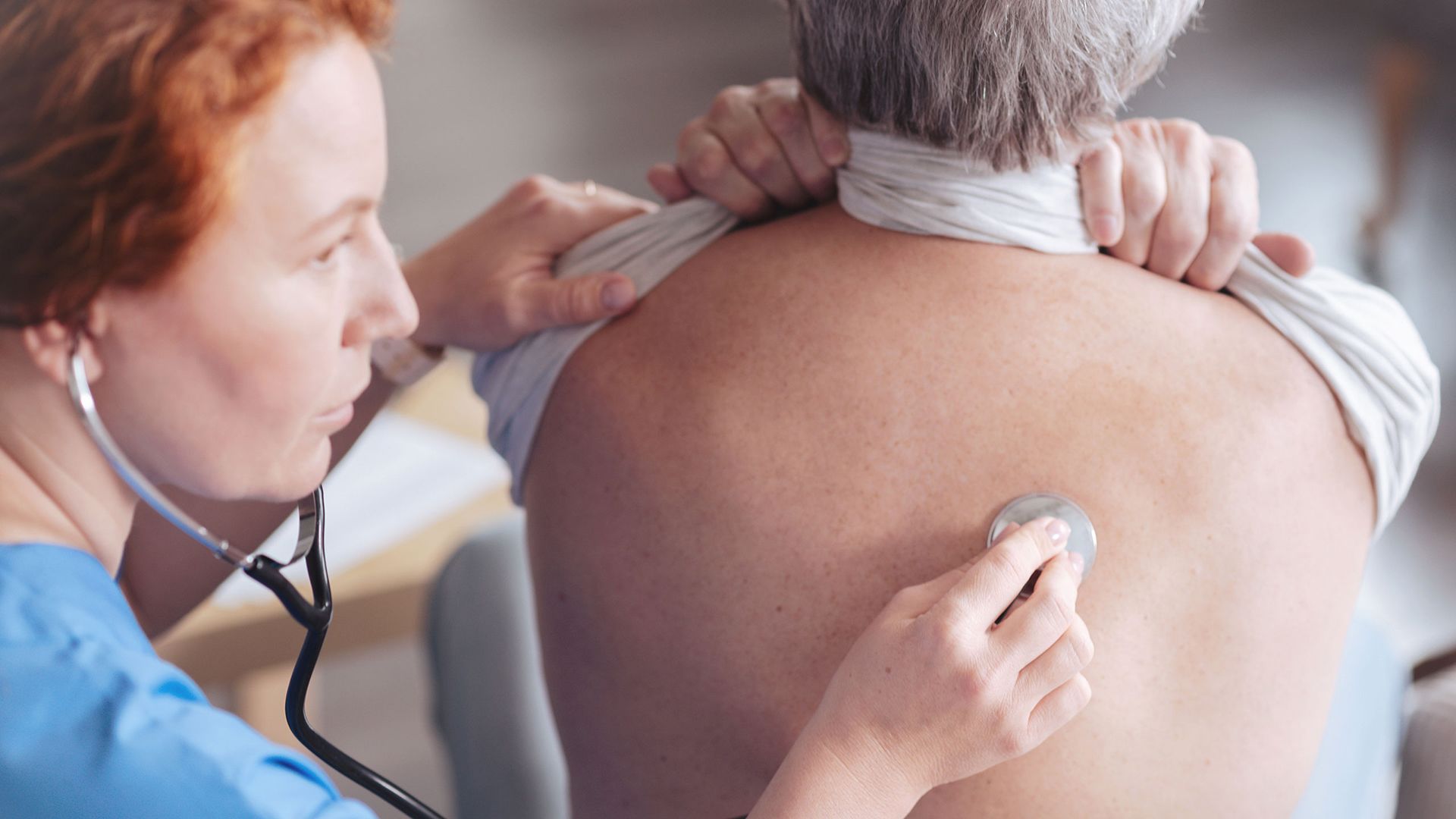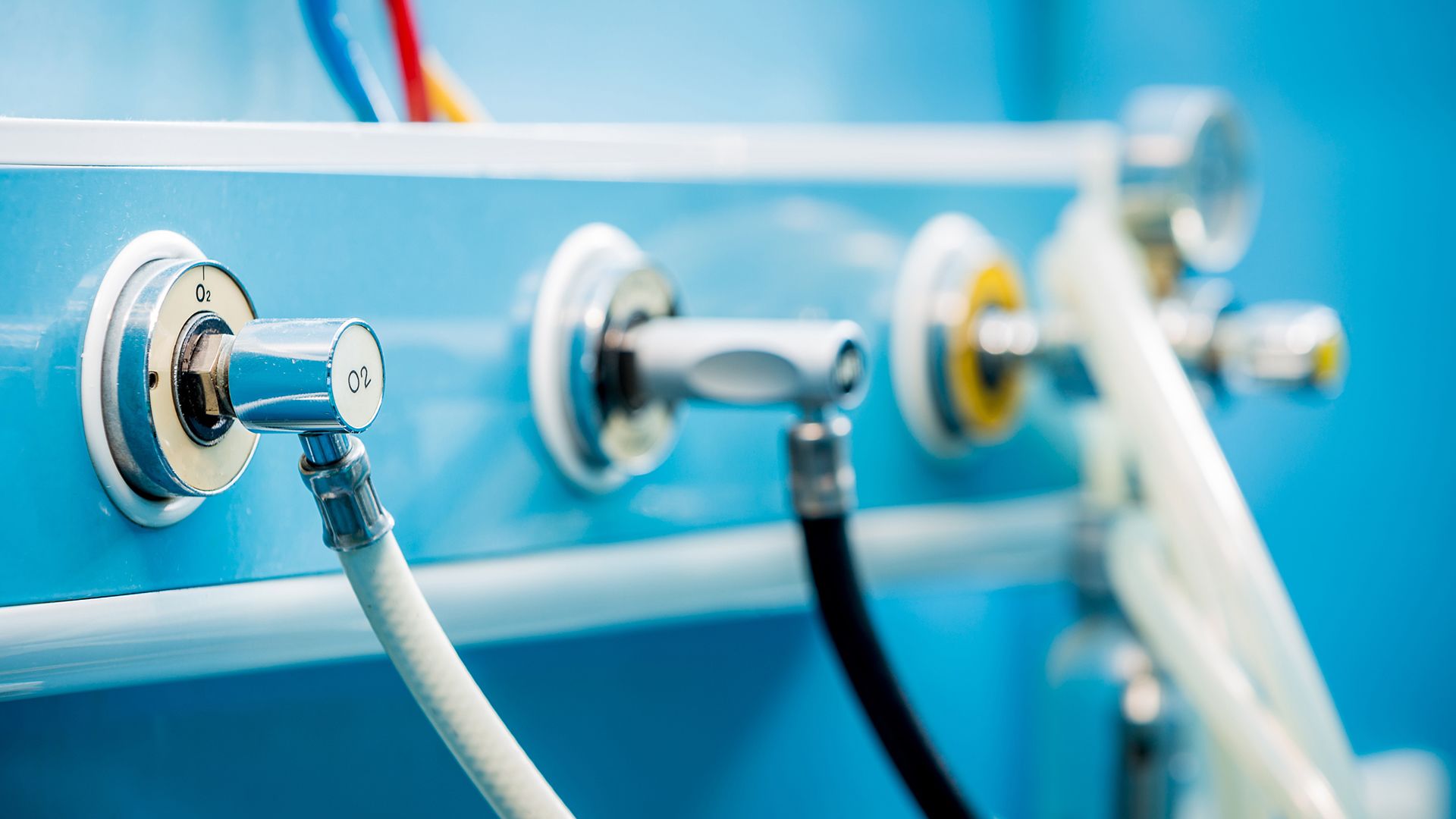Chronic obstructive pulmonary disorder (COPD) is an umbrella term for progressive lung diseases such as emphysema, chronic bronchitis and refractory asthma. It affects an estimated 24 million Americans, and is a leading cause of death in the United States.
Many people with COPD don’t even know they have it. The symptoms, like wheezing and shortness of breath, will worsen over time. COPD makes it harder to breathe and makes everyday activities challenging. There are some treatments available like rehabilitation to increase stamina and improve lung function, medication to control symptoms and slow further lung damage and sometimes lung surgery to improve breathing function. Another way to relieve COPD symptoms is through exercise.
How exercise can ease COPD symptoms
COPD symptoms usually arise once the lungs are damaged. Symptoms may include:
- Wheezing
- Tightness in the chest
- Frequent coughing
- Depression and anxiety
- Frequent respiratory infections
With COPD, there is a limited amount of oxygen in the bloodstream. Exercising helps strengthen the cardiovascular system’s ability to carry oxygen throughout the body and helps make better use of that oxygen. When oxygen flows more efficiently through the body, your COPD symptoms may decrease. Exercising when you have COPD has many benefits:
- Reduced blood pressure
- Increased endurance
- Improved muscle tone
- Weight loss or management
- Better sleep
- Improved mood
- Less stress
In order to enjoy the benefits of exercising with COPD, you must learn proper breathing techniques and the exercises that work best with your symptoms.
Exercising with COPD: Breathing tips to try
One of the most important aspects of exercising with COPD is learning to control your breathing. The COPD Foundation recommends exercising with pursed lips: breathe in through your nose, purse your lips like you’re blowing out a candle and breathe out slowly.
When exercising, you can also practice diaphragmatic breathing, in which you use your abdominal muscles to breathe more deeply and help empty your lungs. Once you learn the technique, it can be easier to breathe during workouts and everyday activities. The technique strengthens your breathing muscles and allows more oxygen to enter the body.
If you’re working out and feel winded or out of breath, your body needs more oxygen. Stop what you’re doing, sit down and focus on slowing your breath with the techniques above. If you often feel winded during exercise, contact your primary care physician to help create a new workout regimen.
Best exercises for people with COPD
Simple aerobic exercises like walking, biking, stretching, skating, water aerobics and rowing are great for people with COPD. They help strengthen the heart and lungs, and improve the body’s ability to use oxygen.
Tai Chi, a traditional Chinese exercise that combines flowing movements, deep breathing and mindfulness, is a good option, too. The practice is considered to be meditative, helps you maintain physical balance, strengthens the core, improves posture and reduces stress. In general, try exercising around 20 to 30 minutes three to four times a week—work slow and don’t jump into something right away. Be sure to warm-up and cool down to avoid injury.
If you have COPD, talk to your primary care physician before jumping into an exercise regimen. When it comes to exercising with COPD, it’s best to start slow and work your way up.





